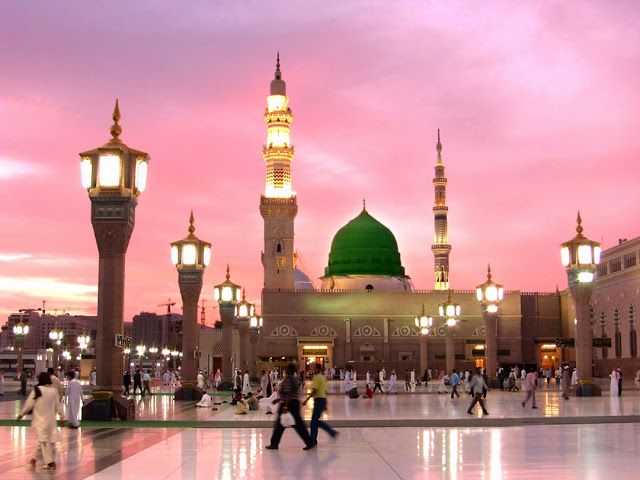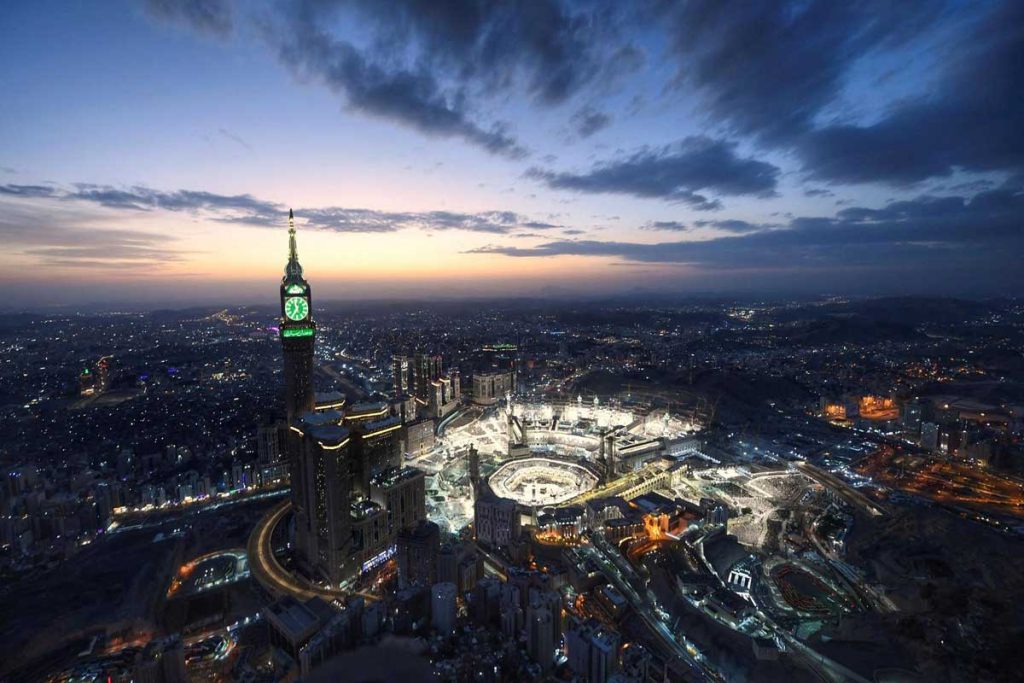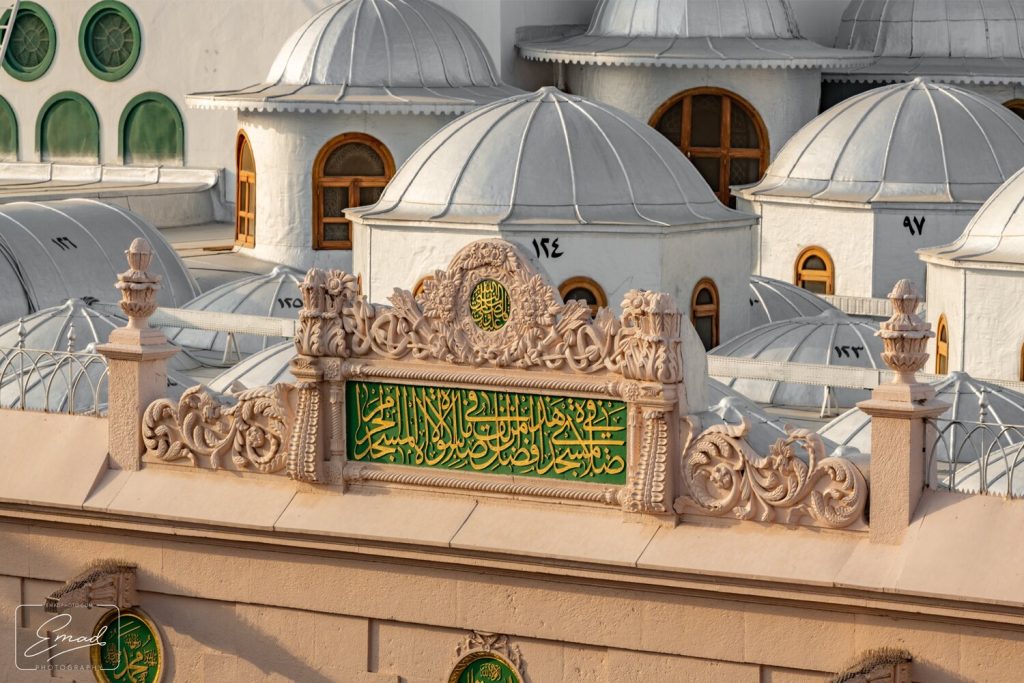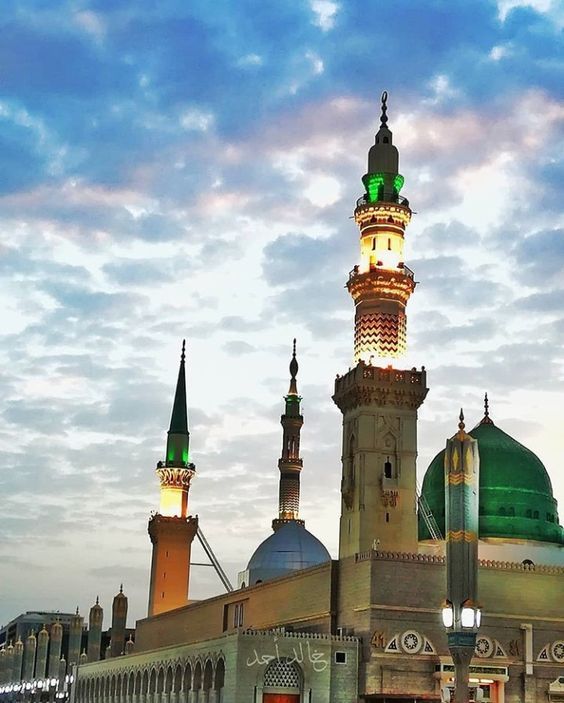Introduction
The pilgrimages of Hajj and Umrah are central to the spiritual lives of Muslims, serving as profound acts of worship and devotion. These journeys, undertaken by millions each year, are deeply rooted in the traditions established by the Prophet Muhammad (PBUH). His experiences during Hajj and Umrah offer invaluable lessons in faith, patience, and unity. This article explores the spiritual voyage of the Prophet Muhammad (PBUH), highlighting the key events and lessons from his Hajj and Umrah that continue to inspire and guide Muslims today.
The Foundations of Hajj and Umrah
The Origins of Pilgrimage in Islam
Before the advent of Islam, the Arabian Peninsula was home to a variety of religious practices, many of which included pilgrimages to the Kaaba in Mecca. However, these practices were often intertwined with idolatry. The Prophet Muhammad (PBUH) reformed these traditions, restoring the Kaaba as a center for monotheistic worship and establishing the rituals of Hajj and Umrah as acts of devotion to Allah alone.
The Distinction Between Hajj and Umrah
Hajj, one of the Five Pillars of Islam, is a mandatory pilgrimage that Muslims must perform at least once in their lifetime if they are physically and financially able. It takes place annually during the Islamic month of Dhul-Hijjah. Umrah, while not obligatory, is a highly recommended pilgrimage that can be performed at any time of the year. Both journeys offer unique opportunities for spiritual growth and reflection.
Prophet Muhammad’s (PBUH) First Umrah: A Journey of Patience and Diplomacy
The Treaty of Hudaybiyyah
In the sixth year after the Hijrah (migration to Medina), Prophet Muhammad (PBUH) set out with his followers to perform Umrah. However, they were stopped by the Quraysh tribe at Hudaybiyyah, leading to intense negotiations. The resulting Treaty of Hudaybiyyah allowed the Muslims to return to Mecca the following year to perform Umrah. This event highlighted the Prophet’s (PBUH) patience and strategic diplomacy, emphasizing the importance of peaceful resolution over conflict.
Performing Umrah in Peace
The following year, the Muslims returned to Mecca under the terms of the treaty and performed Umrah. This peaceful pilgrimage underscored the significance of patience, faith, and adherence to agreements, setting a precedent for future generations.
The Farewell Pilgrimage: The Prophet’s (PBUH) Last Hajj
The Significance of the Farewell Pilgrimage
In the tenth year after the Hijrah, Prophet Muhammad (PBUH) announced his intention to perform Hajj, which became known as the Farewell Pilgrimage (Hajjat al-Wada). This pilgrimage was his final one before his passing and provided a comprehensive guide on performing Hajj with sincerity and devotion.
Key Events of the Farewell Pilgrimage
The Sermon at Arafat
One of the most significant moments during the Farewell Pilgrimage was the Prophet’s (PBUH) sermon at Mount Arafat. In this sermon, he emphasized principles such as justice, equality, and adherence to Islamic teachings. The Farewell Sermon remains a cornerstone of Islamic values, providing guidance on how to live a righteous life.
The Ritual of Stoning the Devil
During Hajj, pilgrims perform the ritual of stoning the Jamarat, symbolizing the rejection of evil. The Prophet Muhammad (PBUH) led his followers in this act, reinforcing the importance of resisting temptation and maintaining steadfast faith.
The Sacrifice and Eid al-Adha
The Prophet Muhammad (PBUH) also performed the ritual sacrifice of an animal, marking the festival of Eid al-Adha. This act commemorates Prophet Ibrahim’s (Abraham) willingness to sacrifice his son in obedience to Allah, highlighting themes of devotion and submission.
Spiritual Lessons from Prophet Muhammad’s (PBUH) Pilgrimages
The Power of Intention (Niyyah)
A key lesson from the Prophet Muhammad’s (PBUH) pilgrimages is the importance of intention (niyyah). Every act of worship must be performed with sincerity and devotion to Allah. This focus on pure intention transforms the physical acts of Hajj and Umrah into profound spiritual experiences.
The Importance of Patience and Endurance
The Prophet’s (PBUH) experiences during Hajj and Umrah are filled with lessons of patience and endurance. Despite numerous challenges, he remained steadfast in his faith and committed to the path of righteousness. These qualities are essential for pilgrims, who must navigate the physical and spiritual demands of the journey.
Unity and Brotherhood in Islam
One of the most powerful messages from the Prophet’s (PBUH) Farewell Sermon is the emphasis on unity and brotherhood. Hajj brings together Muslims from all walks of life, transcending race, nationality, and social status. This unity reflects the core values of Islam and the Prophet’s (PBUH) teachings.
Key Sites of the Prophet’s (PBUH) Pilgrimage
The Kaaba: The Sacred House
The Kaaba, the most sacred site in Islam, was cleansed of idols by the Prophet Muhammad (PBUH) and rededicated to the worship of Allah. Pilgrims perform Tawaf, or circumambulation, around the Kaaba as a central ritual of Hajj and Umrah, symbolizing the unity of believers in the worship of one God.
The Well of Zamzam
The Well of Zamzam holds profound historical and spiritual significance. It is believed to have been revealed to Hajar (Hagar) and her son Ismail in the desert. The Prophet Muhammad (PBUH) emphasized the miraculous nature of Zamzam water, and pilgrims drink from this well during their pilgrimage, following the footsteps of Hajar.
Safa and Marwah: The Hills of Perseverance
Pilgrims reenact Hajar’s search for water by walking between the hills of Safa and Marwah. This ritual, known as Sa’i, commemorates her perseverance and trust in Allah. The Prophet Muhammad (PBUH) performed this act during his pilgrimages, reinforcing its spiritual significance.
Mina: The Tent City
During Hajj, pilgrims spend several nights in Mina, a vast tent city. The Prophet Muhammad (PBUH) stayed in Mina, and it is here that the ritual of stoning the Jamarat takes place. Mina is a place of reflection and prayer, following the Prophet’s (PBUH) example.
Muzdalifah: The Night of Gathering
After the day at Arafat, pilgrims travel to Muzdalifah to gather pebbles for the stoning ritual. The Prophet Muhammad (PBUH) spent the night in prayer and reflection at Muzdalifah, highlighting the importance of this sacred time.
The Cave of Hira: The Beginning of Revelation
Although not part of the Hajj or Umrah rituals, the Cave of Hira holds immense significance as the place where the Prophet Muhammad (PBUH) received the first revelation from Allah. Pilgrims visit this site to connect with the early days of Islam and the Prophet’s (PBUH) spiritual journey.
Practical Guidance for Modern Pilgrims
Preparing for the Sacred Journey
Proper preparation is crucial for a successful pilgrimage. Pilgrims should educate themselves about the rituals, pack essential items, and ensure their physical fitness. Understanding the historical and spiritual significance of the journey enhances the overall experience.
Maintaining Spiritual Focus
During Hajj and Umrah, it is easy to get caught up in the physical aspects of the rituals. Pilgrims should strive to maintain a spiritual focus, constantly reminding themselves of the deeper meaning behind each act of worship. This mindfulness can transform the pilgrimage into a truly transformative experience.
Connecting with Fellow Pilgrims
Hajj and Umrah provide unique opportunities to connect with Muslims from around the world. Building relationships and sharing experiences can enhance the spiritual journey and create lasting bonds of brotherhood and sisterhood.
Conclusion
Reflecting on the Prophet Muhammad’s (PBUH) Hajj and Umrah experiences offers profound insights into the spiritual and practical aspects of these sacred journeys. His actions and teachings provide a timeless guide for Muslims undertaking these pilgrimages, emphasizing the importance of intention, patience, and unity. By following in the footsteps of the Prophet (PBUH), pilgrims can deepen their spiritual connection, embody the principles of Islam, and experience the true essence of Hajj and Umrah. These pilgrimages are not just physical journeys but profound spiritual sojourns that connect believers to the legacy of the Prophet Muhammad (PBUH) and the core values of Islam.





